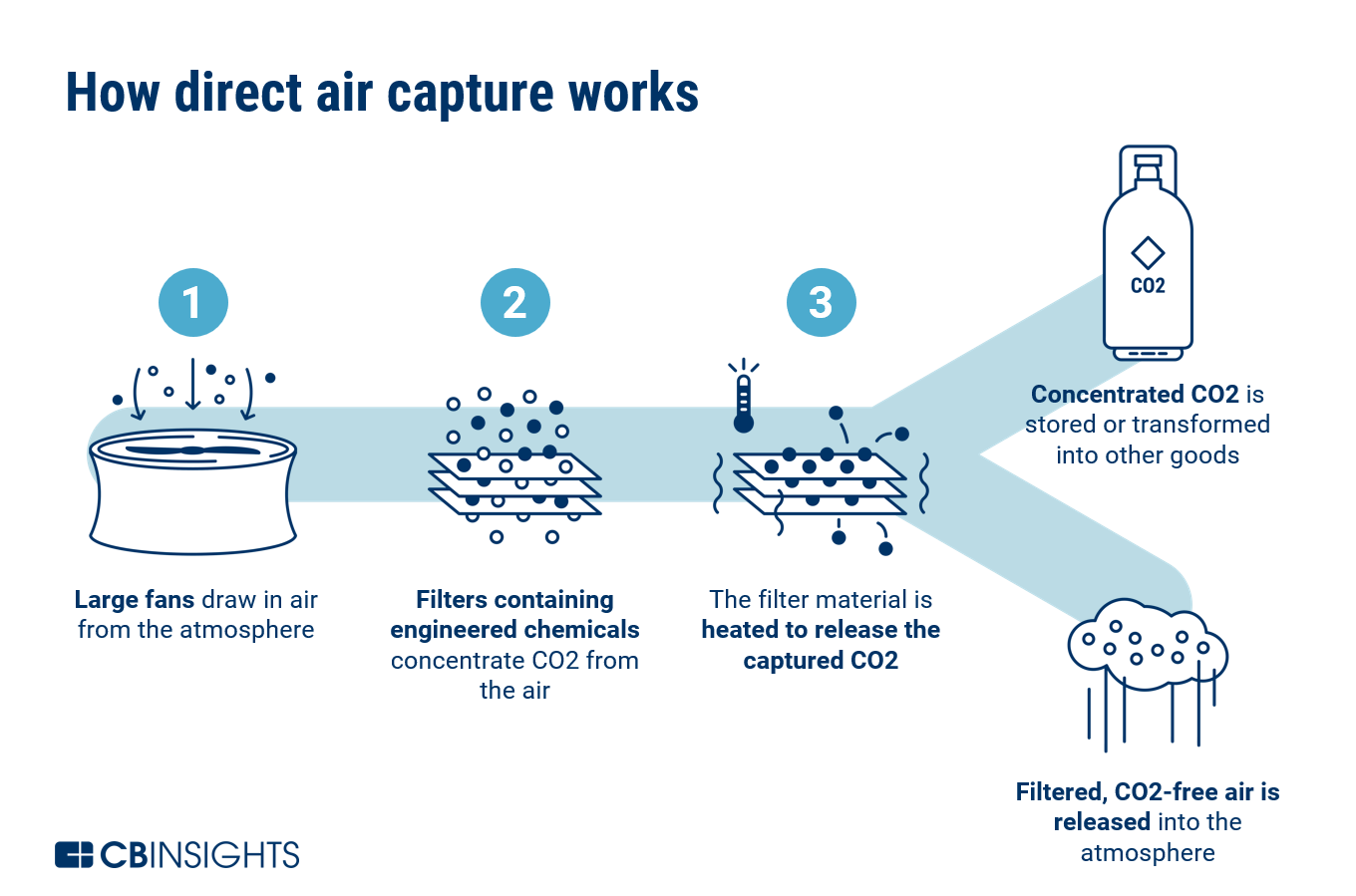Revised Definition Assignment
Assignment Introduction
This assignment is to write three definitions of a relatively complex term, parenthetical, sentence, and expand, respectively. Definitions play an essential role in explaining the situation to the audience. And after this assignment, it is easy to distinguish between three definitions and consider which is more appropriate for viewers in various situations.
Reading Situation
A direct air capture technician is explaining the term “direct air capture” to investors who care about climate change.
Parenthetical Definition
As decreasing emissions alone will not be enough to stop global warming, direct air capture (a technology to achieve negative emissions) has attracted interest across the world (Olick).
Sentence Definition
Direct air capture technologies extract CO2 directly from the atmosphere using clean energy.
Expand Definition
Direct air capture technologies (DAC) extract CO2 directly from the atmosphere using clean energy and handle it in clean ways.
What is the history of DAC?
The first capturing CO2 technologies were developed in the 1930s and applied in closed life-support systems like submarines and space stations (Bipartisan Policy Center, 5).
How does it work?
Modern versions of DAC combine mechanical systems and chemical processes, including fans to move large volumes of air and liquid or solid sorbents to capture CO2 (Exhibit 1). The air-captured carbon dioxide is then either returned and stored to the earth safely or upcycled into climate-friendly products such as carbon-neutral fuels and materials, fertilizer, or bubbles in fizzy drinks (Climate-Kic).

Exhibit 1: Carbon direct air removal technology
Source: CB Insights (2021)
The development of Direct Air Capture
Currently, 19 direct air capture (DAC) plants operate worldwide, capturing more than 0.1 Mt CO2/year. Another 1Mt CO2/year DAC plant is in advanced development in the United States (Budinis). Taking into account that the first DAC plant built by Climeworks came online in May 2017 only, the fast-rising number of DAC sites demonstrates high interest in this technology. Indeed, new companies like Climeworks, Skytree, or Carbon Engineering, as well as governments, seek to monumentally expand (Climeworks, Olick).
Why DAC?
With the rapid development of DAC, it has the potential to help achieve international climate targets and meet the Net Zero Emissions by 2050. The price per ton of carbon removal further decreases, which stands at the moment around $100 per ton and hence attracts more customers. Besides, thanks to some recent U.S. policy developments, companies that remove their carbon emissions through DAC technology can get a $35-$50 tax credit for each ton of the CO2 they remove. All these positive aspects contribute to increasing investments towards this new technology, which are nearing $200 million (Jacobson).
Conclusion
In conclusion, direct air capture has not only massive disruptive potential but could also be adopted at a great scale, becoming the largest environmental industry aimed at saving the planet. Therefore, both governments and private investors should direct their funds towards this new technology in order to allow its growth.
Works Cited
Bipartisan Policy Center. “The Commercial Case for Direct Air Capture.” Bipartisan Policy Center, 2021, https://bipartisanpolicy.org/download/?file=/wpcontent/ uploads/ 2021 /02 / BPC_BusinessForDac2021-Final.pdf, January 28th, 2022
Budinis, S. “Direct Air Capture – Tracking Report.” I EA, 2021 https://www.iea.org/reports/direct-air-capture, January 28th, 2022
CB Insights. “Direct Air Capture Explained: The Buzzy New Carbon Reduction Tech Gaining Exec Attention.” C B Insights, 2021, https://www.cbinsights.com/research/direct-air-capture-corporate-carbon-reduction/, January 28th, 2022
Climeworks. “What we Do.” Climeworks, 2021, https://climeworks.com/, January 28th, 2022
Climate-KIC. “Climeworks added to Microsoft’s climate portfolio.” Climate-KIC, 2021, https://www.climate-kic.org/news/climeworks-added-to-microsofts-climate-portfolio/, January 28th, 2022
Jacobson, R. “The case for investing in direct air capture just got clearer.” GreenBiz, 2019, https://www.greenbiz.com/article/case-investing-direct-air-capture-just-got-clearer, January 28th, 2022
Olick, D. “These companies are sucking carbon out of the atmosphere — and investors are piling in.” CNBC, 2021, https://www.cnbc.com/2021/07/23/these-companies-are-sucking-carbon-from-the-atmosphere.html, January 28th, 2022
Leave a Reply